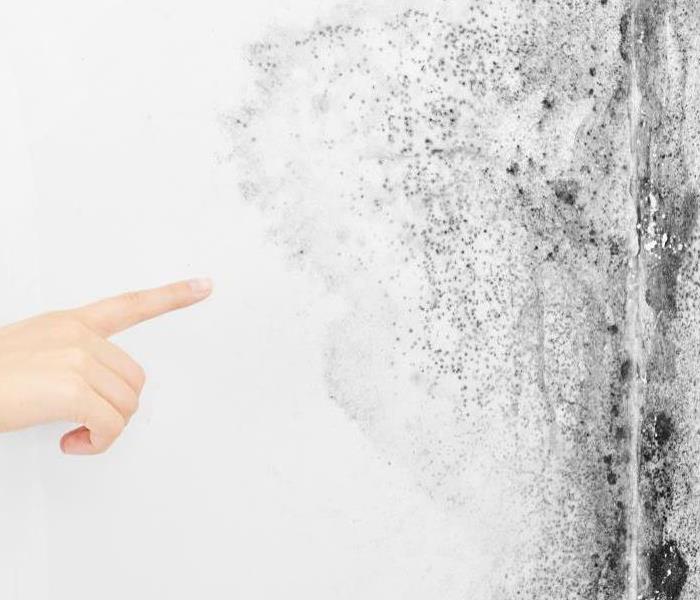Mold Prevention in Commercial Buildings
10/24/2019 (Permalink)
Mold growth in your Otter Tail Counties business can cause serious problems. Fortunately, with routine maintenance, you can prevent most serious mold issues.
General Mold Prevention
Because mold spores are everywhere, it is important to understand the conditions that lead to mold colonization. Most indoor areas are sufficiently warm to sustain a mold infestation. However, mold, like all living things, also needs a water source. Here are some tips for preventing a mold infestation:
Keep the humidity in the building below 45%. You may need to use a dehumidifier or air conditioner to accomplish this.
Use mold-inhibiting paint on walls.
Clean bathrooms and any other continuously humid areas with a cleaner that kills mold. You may want to open the windows daily in these areas or install a dehumidifier.
Use a HEPA air purifier to trap mold spores in the air.
Routinely check for hidden mold: in ductwork, under rugs, etc.
Mold grows particularly well on pulpy items, like paper. Keep important paperwork away from water sources.
Preventing Post-Flood Mold
Flooding can lead to mold growth within 24 hours. After a flood, be sure to begin drying out the affected area as quickly as possible. Depending on the water level, you can use buckets, wet/dry vacuums or specialized pumps. After removing the standing water, begin drying out other affected items. Because of the bacteria present in flood waters, wet carpeting and dry wall should be torn out and replaced. All items should be sanitized and dried. Anything that cannot be fully cleaned should be replaced. If the humidity outside is low, you can open the windows and doors to speed the drying process. Fans and dehumidifiers may also be used.
You may want to enlist a certified restoration company to help you get your business back to normal after a flood or mold damages your commercial space.






 24/7 Emergency Service
24/7 Emergency Service
